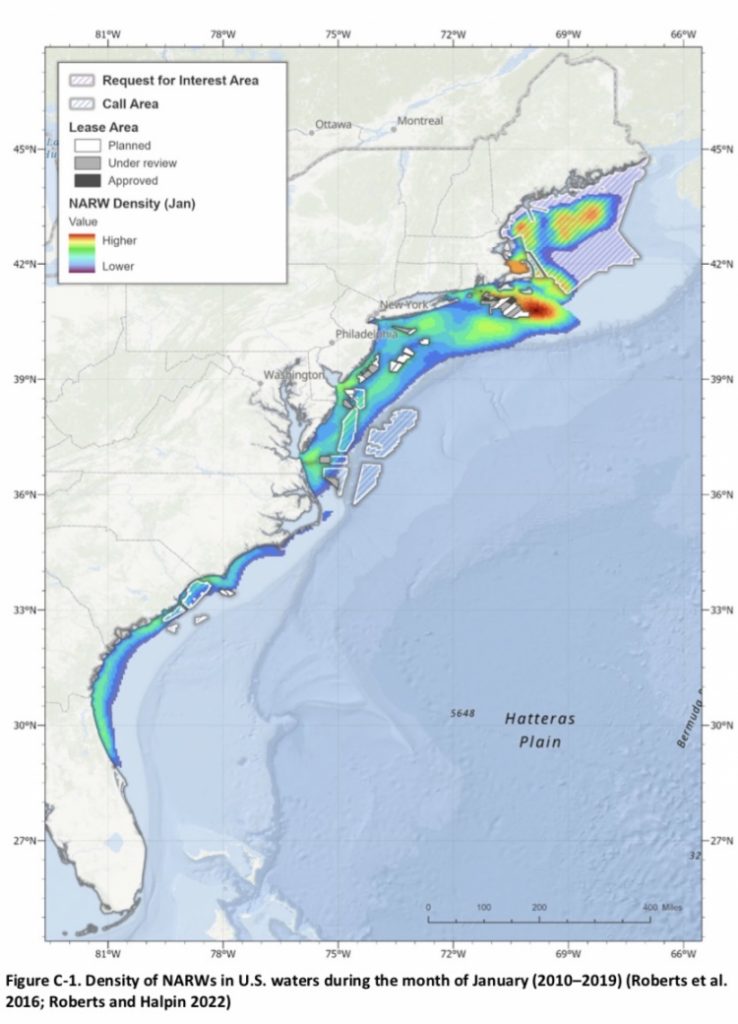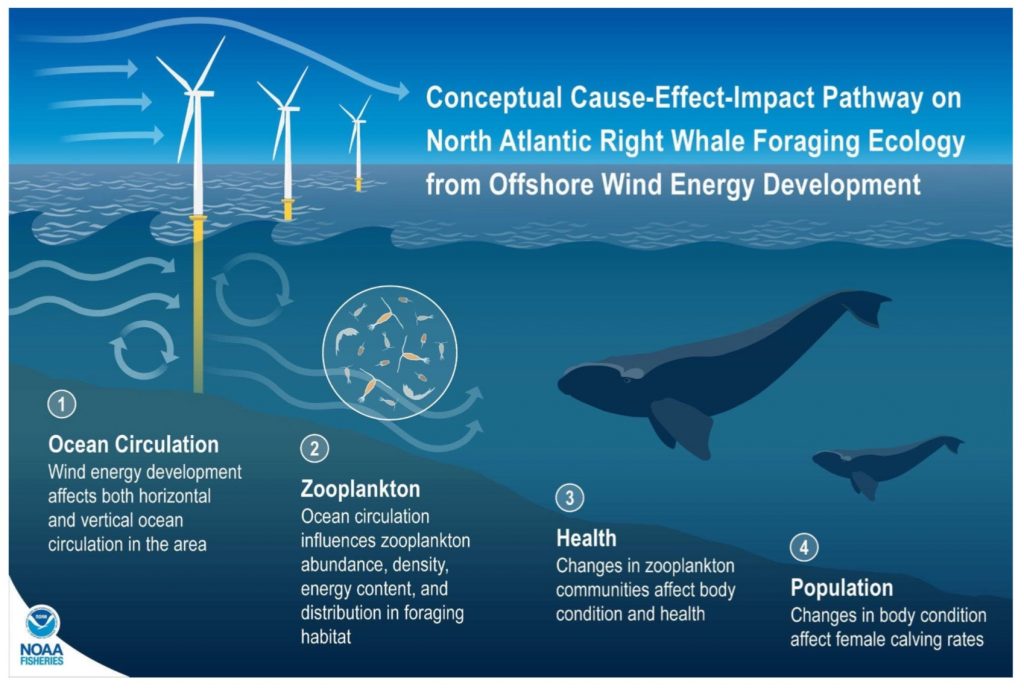Environment
Short Takes
Georgia’s new data center rule increases local controlDecember 1, 2025

By David Pendered
(Note to readers: The Wall Street Journal reported Jan. 1: Soaring Costs Threaten U.S. Offshore-wind buildout.)
Dec. 30 – Wind farms to be built in U.S. coastal waters have prompted a coordinated federal examination of how to protect North American right whales and other sea life from the energy systems.
On Dec. 5, NOAA and the Interior Department’s Bureau of Ocean Energy Management announced results of their collaborative effort to devise strategies to mitigate the interaction of wind farms and sea life.
The 30-plus-year strategy aims to protect sea life in relation to wind farms in the North Atlantic Ocean, defined as Maine to Cape Hatteras, in North Caroina, according to the Federal Survey Mitigation Strategy.

Stakes are high for both survival of sea life and production of wind energy.
In terms of sea life in these wind farm areas, NOAA Fisheries surveys support the management of “more than 40 fisheries, more than 30 marine mammal species, and 14 threatened and endangered species (some marine mammals are also endangered),” according to the Dec. 5 report. The public-private research effort has been underway since the 1960s.
In terms of wind turbines, federal leases for wind farms could be a lucrative source of money for the government. In just one example, in February the Biden administration announced a $4.37 billion deal for wind farm leases in the New York Bight, the ocean triangle flanked by Long Island and New Jersey. This is the nation’s “highest-grossing competitive offshore energy lease sale in history, including oil and gas lease sales,” according to a statement by the Interior Department.
The Biden administration contends it intends to thread the needle of protecting sea life while also meeting its mandate to decarbonize the electric grid by 2035 and reach net-zero carbon emissions by 2050, according to statements by the Department of Energy. Union jobs also have been a selling point highlighted by the administration.
“The investments we are seeing today will play an important role in delivering on the Biden-Harris administration’s commitment to tackle the climate crisis and create thousands of good-paying, union jobs across the nation,” Interior Secretary Deb Haaland said in a Feb. 25 statement concerning the New York Bight lease deal.
The newly released Federal Survey Mitigation Strategy announced Dec. 5 is part of this effort.
The strategy provides five overarching goals that are to guide the development and implementation of specific programs, rules or regulations:
This program is in addition to the effort by NOAA and BOEM to focus on the protection of the North America right whales as the wind power industry expands. A report released in October cites specific threats to the right whale, which has established calving grounds of the coast of Georgia and northern Florida.

0